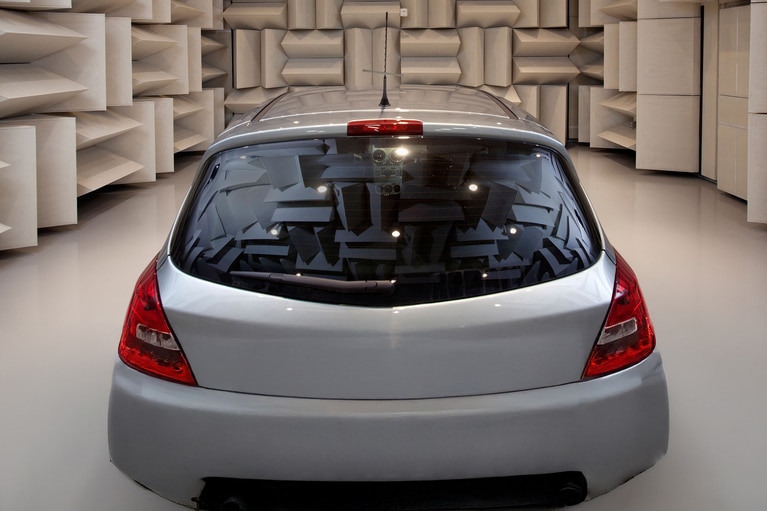
高密度功率模組簡化和縮小電動汽車電源系統設計
Vicor 電源模組為電動汽車應用注入創新。瞭解三款汽車級新產品將如何徹底改變未來的電源設計
The Vicor webinar Enabling Bi-Directional Energy Flow Using DC Power Transformers shows how Vicor power components allow voltages to be stepped up or down, based on the direction of energy flow.
The webinar pays particular attention to the Bus Converter Modules (BCMs) and Non-Isolated Bus Converter Modules (NBMs), families of fixed-ratio converters that step up and down voltages with a fixed ratio, operating as if they were a DC transformer.
One of the main topics was scalability: engineers wanted to know more about delivering higher power levels and larger voltages. Here is a collection of the best questions on these topics, along with presenter Harry Vig’s answers.
High power arrays can be created using the bus converters in parallel provided that care is taken in designing the input and output connections. BCM modules share inherently with inputs and outputs connected in parallel, with the positive temperature coefficient of ROUT reinforcing sharing. Assuming equal cooling, an array can operate at full power with accurate sharing and no de-rating. The array should be designed based on guidelines that optimize protection, efficiency, reliability, and minimize noise. For more information, check out our Application Note on using BCMs in High Power Arrays.
Redundancy and shutting down for protection are the parts of the design I think are most difficult. One of the potential problems is if one module shuts down, and maybe a second one shuts down, the load is transferred to the other modules. This could result in a cascade failure. The most intelligent way to deal with this problem would be to use a microprocessor or other control circuitry.
But if you need the output from ten modules in parallel, it would be a good idea to have 12, 14 or even 15 modules in parallel. That’s because with additional components, the loading on each module will decrease, and with that its operating temperature will decrease as well. When operating at lower temperature, they’re going to have a better lifetime. Additionally, you will have built-in redundancy: if one of them does turn off for some reason, you’ve still got the required capacity so you won’t have to shut them all down.
Other customers take this approach if they need to conduct regular maintenance and take one module out of service for testing, especially if the system has a long lifetime and you’re in a battery environment: you may well want to inspect the modules for corrosion due to battery fumes.
At the time this was written, VIcor had a 400V version of the BCM, which is adequate for most applications. See the Vicor BCM family page to see the specification of our latest products.
Related content
Webinar: Enabling bi-directional energy flow using DC power transformers
Application note: Using BCM® bus convertersin high power arrays
高密度功率模組簡化和縮小電動汽車電源系統設計
Vicor 電源模組為電動汽車應用注入創新。瞭解三款汽車級新產品將如何徹底改變未來的電源設計
高密度電源模組推動主動懸架技術日趨成熟
主動懸掛系統已從 20 世紀 90 年代的測試版發展成為今天的 48V 驅動系統。瞭解電源模組對電源系統設計的影響
基於 MHz 開關頻率的器件助力實現 DC-DC 轉換器和 EMI 濾波器的小型化
想像一下,使用 DC-DC 轉換器解決方案來利用高頻開關的優勢,而不會發生傳統解決方案的缺點
採用 48V 區域架構,打造面向未來的先進電動汽車
隨著原始設備製造商(OEM)採用 48V 電源架構,他們正努力優化其電源系統設計。 Vicor 的高功率密度模組可為 48V 區域架構提供峰值效率


